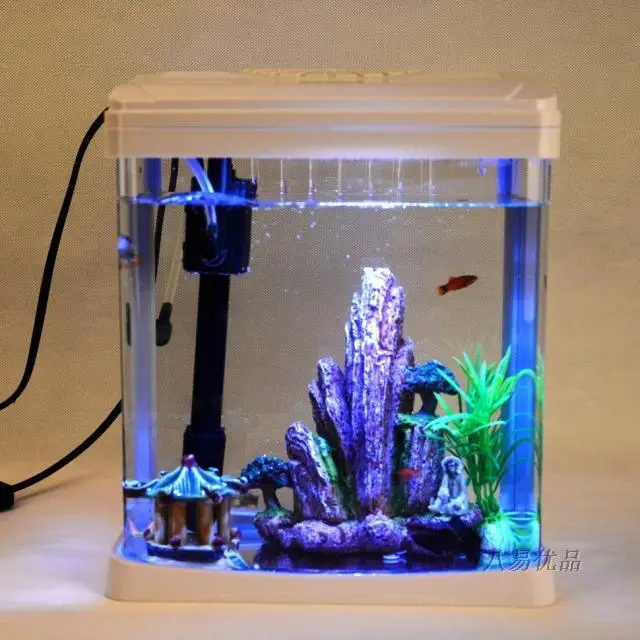


Think of how much more quickly a cup of coffee will cool off than a hot bath. This is because small bodies of water lose heat much more quickly than large ones. Extremely large tanks may need even less than that. For small tanks, 5 watts per gallon are recommended, while larger tanks can get by with 3 watts per gallon. Notice that the smaller the tank, the more watts per gallon are needed.

If the room gets quite cold, use higher wattages. For normal room temperatures, figure on 100 watts for a 20-gallon, 175 watts for a 55-gallon, and 300 watts for a 100-gallon.Others have an adjustment designated in degrees to set a precise temperature without trial-and-error adjustments, and still others have one or more preset temperatures you can choose. Some heaters have simple warmer-colder adjustments, and you must adjust them until your aquarium is stable at the desired temperature.Most common are heaters in glass tubes, but titanium and stainless steel heaters are gaining in popularity due to their unbreakable design. Hang-on models are less expensive, since submersibles must obviously be water-tight. All are thermostatically controlled, and many can be set for specific temperatures. Both submersible and hang-on heaters are available.Many aquarists in temperate climates face the opposite problem during the dog days of summer-keeping the aquarium from overheating. For tropical fishes a reliable heater is necessary, at least during the colder months of the year.A stick-on type enables you to check the temperature whenever you look at the aquarium. A few species need to be kept several degrees warmer, and some species require temperatures a few degrees cooler.


 0 kommentar(er)
0 kommentar(er)
